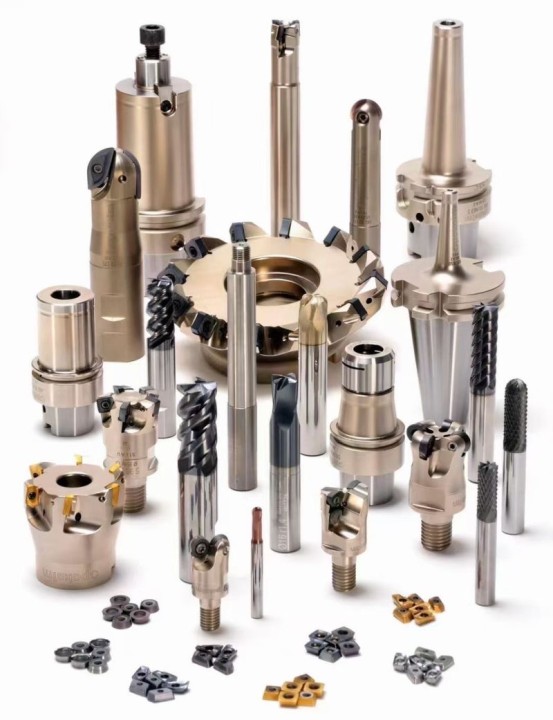
Revolutionizing Aviation with CNC Cutting Tool Technology
Revolutionizing Aviation with CNC Cutting Tool Technology
The aviation industry is known for its uncompromising demands on precision, safety, and reliability. To meet these high standards, manufacturers rely on cutting-edge technologies, and one such technology making a significant impact is Computer Numerical Control (CNC) cutting tool technology. In this article, we will explore the remarkable applications of CNC cutting tools in the aviation sector, where precision and efficiency are critical.
Aerospace Component Manufacturing:
CNC cutting tools have revolutionized the production of aerospace components, from engine parts to structural elements. These tools enable manufacturers to achieve tight tolerances and complex geometries required for critical components. By using advanced machining techniques, such as multi-axis milling and turning, CNC cutting tools ensure consistent and precise manufacturing, resulting in components that meet or exceed industry standards.
Composite Material Machining:
Composite materials, such as carbon fiber reinforced polymers (CFRP), are increasingly being used in the aviation industry due to their high strength-to-weight ratio. However, machining composites poses unique challenges. CNC cutting tools equipped with specialized diamond-coated or polycrystalline diamond (PCD) cutting edges excel in machining composites, providing clean cuts, reducing delamination, and minimizing tool wear. This capability allows for the efficient production of lightweight composite components, contributing to fuel efficiency and overall aircraft performance.
Engine Manufacturing:
Aviation engines demand the utmost precision and reliability. CNC cutting tools play a vital role in the manufacturing of engine components, such as turbine blades, compressor discs, and fuel nozzles. These tools utilize advanced programming and simulation software to generate optimized tool paths, ensuring precise material removal and surface finishes. The result is engines that meet stringent performance requirements while maximizing fuel efficiency and minimizing emissions.
Prototyping and Rapid Manufacturing:
In the fast-paced aviation industry, prototyping and rapid manufacturing are essential. CNC cutting tools offer rapid prototyping capabilities, allowing for the quick production of complex prototypes and test parts. With their high-speed machining capabilities and automated tool changes, manufacturers can swiftly iterate designs, reducing development cycles and bringing innovations to market faster.
Maintenance, Repair, and Overhaul (MRO):
CNC cutting tools also find application in the MRO sector of aviation. From repairing damaged components to performing precision modifications, these tools help ensure the safety and longevity of aircraft. With their ability to accurately reproduce original part geometries, CNC cutting tools aid in restoring components to their original specifications, maintaining the integrity of critical structures.
Conclusion:
The utilization of CNC cutting tool technology in the aviation industry has transformed the manufacturing landscape, enabling precision, efficiency, and reliability like never before. From manufacturing aerospace components with tight tolerances to machining composite materials and streamlining engine production, these tools have become indispensable in aviation. Embracing the power of CNC cutting tools ensures that the aviation industry continues to soar to new heights, offering safer, more efficient, and technologically advanced aircraft.